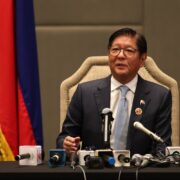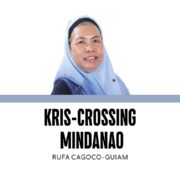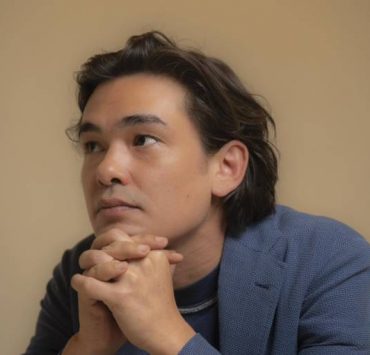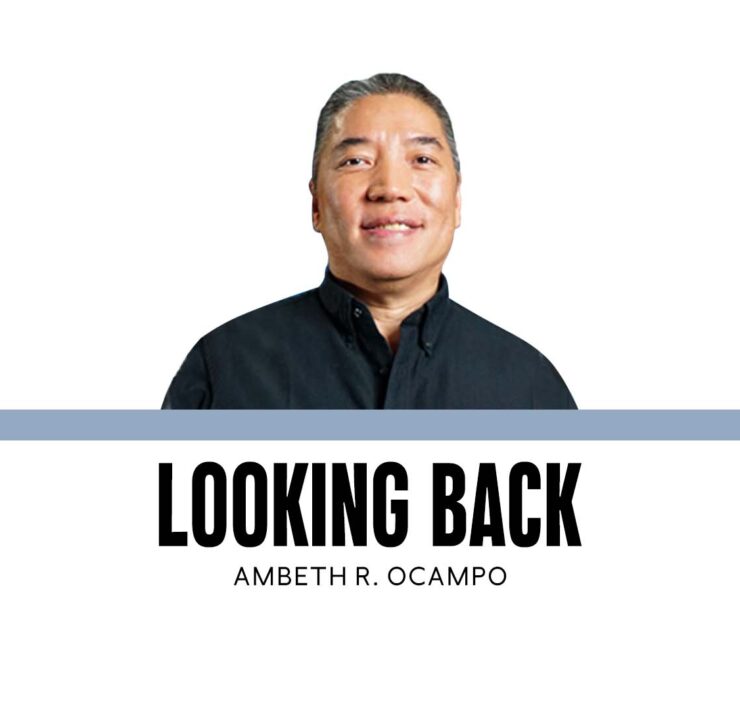When did history become ‘kasaysayan’?
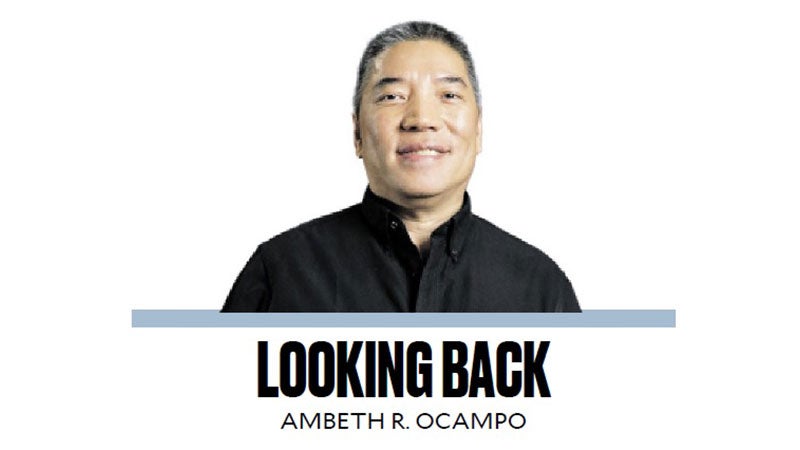
When I did K-12 in the last century, the commemoration of the national language only lasted a week. It was then known as “Linggo ng Wika.” In 1997, President Fidel V. Ramos extended it to cover the whole month of August by creating “Buwan ng Wika.”
Twelve years ago, President Benigno Aquino III, added history to the equation giving rise to August as “Buwan ng Wika at Kasaysayan.” It was a masterstroke, by simply moving history from September to August, Aquino moved focus from Ferdinand Marcos Sr. and martial law to the national language and the 1896 Philippine Revolution. Buwan ng Wika ends, auspiciously, with National Heroes Day.
Martial law babies like myself remember history week being celebrated in September, not to emphasize the continuing relevance of the past, but to contextualize Sept. 21 as National Thanksgiving Day. History week then culminated on Sept. 21 to reinforce the significance of the date in textbooks and our collective consciousness. Half a century later, with better perspective, Sept. 21, 1972 has gone down in infamy.
By his own admission, Marcos signed the martial law proclamation on Sept. 17, post-dated the proclamation to Sept. 21, and went on nationwide television to verbally “proclaim” martial law on Sept. 23, 1972. So, on what date do we set the beginning of the dark age that was martial law?
History and the national language are inseparable in the formulation of Zeus Salazar’s “Pantayong Pananaw” that seeks to understand the Philippine past from a true Filipino perspective. A concept that invokes “we” or “ours” in contrast to “theirs,” “they,” and “them” in our languages.
I sat in Salazar’s undergraduate Philippine Historiography course in the University of the Philippines Diliman in the 1980s, mesmerized by his lectures, while the rest of the class was to put it mildly, terrorized. On the first day, Salazar masterfully mapped out the etymology “history.” Tracing it down major Western languages: history (English), “historia” (Spanish), “histoire” (French), and “geschichte” (German) to show all rooted in the word “story” or narrative. He went further to the ancient Greek word historie that may sound like “history” but does not refer to it. Neither story nor chronological record of the past. Historie, to the ancient Greeks, meant “inquiry” or “knowledge from inquiry.” For, how can we not learn from the Socratic method of question and answer?
Salazar then declared that of the two Filipino words for history: “historya” and “kasaysayan” we should drop the former. He argued that aside from its roots in a colonial language, Spanish, historya merely pertained to a “story.” But kasaysayan, based on the root words: “salaysay”/”sanaysay” (narrative) and “saysay” (sense or meaning). That one lecture changed my perspective.
During the pandemic lockdown, I dug into missionary vocabularios of Tagalog. From the earliest Tagalog dictionary compiled by the Franciscan Pedro de San Buenaventura (1613) to the hefty “Vicassan’s Pilipino-English Dictionary” (1973 reprinted in 2006). History in missionary vocabularios was rendered as “salita.” This puzzled me at first, because how can “history” be a “word”? When I saw the word “cuento,” it all made sense. Salita was not just a “word” but was an oral narrative, it was the spoken word. San Buenaventura made this clear by providing usage, “ytoloy mona ang salita mo.”
(Continue/Conclude your story. The 1794 dictionary compiled by Domingo de los Santos provided more clarity. Good news was “magaling na salita.” What story do you bring or have, “Anong salitang dalamo.” And this usage made me laugh out loud, “Vualan catapusan ang salita mo, at ualan pono,t dolo” (Your story is endless, and has no beginning or end).
What surprised me was that in 1613 “salita” could also be translated as a verb, “to discover.”
History then, was not just about a story or narrative but the process of discovering the unknown, uncovering what is hidden. It is a search for truth. Since history was to discover, I looked up the word “saliksik” (research) that referred to a search through all the corners of a house. It also meant unraveling tangled hair! These examples prove that physical dictionaries are not really obsolete in the age of Google, if at all my excursion into old vocabularios proves that we need historical dictionaries for all major Philippine languages.
We need a Philippine equivalent of the Oxford English Dictionary that traces the evolution and changes in meaning of words across the centuries. For Tagalog/Filipino, we begin with the 1613 “Vocabulario de la lengua tagala” and end with the way Tagalog/Filipino appears in texts and memes.
Something to reflect on during Buwan ng Wika at Kasaysayan. Filipinos today translate history as kasaysayan, but all the colonial vocabularios render it as “salita.” In the 1860 edition of the “Vocabulario de la lengua tagala” by the Jesuit fathers Juan de Noceda and Pedro del San Lucar, a curious Spanish word “historietta” was translated as “monting salitang ualang casaysayan” (a small story with no meaning). If casaysayan then meant sense or meaning not history, when did history become kasaysayan? How did it evolve from salita, cuento, historya, to kasaysayan?
—————-
aocampo@ateneo.edu
Ambeth is a Public Historian whose research covers 19th century Philippines: its art, culture, and the people who figure in the birth of the nation. Professor and former Chair, Department of History, Ateneo de Manila University, he writes a widely-read editorial page column for the Philippine Daily Inquirer, and has published over 30 books—the most recent being: Martial Law: Looking Back 15 (Anvil, 2021) and Yaman: History and Heritage in Philippine Money (Bangko Sentral ng Pilipinas, 2021).




